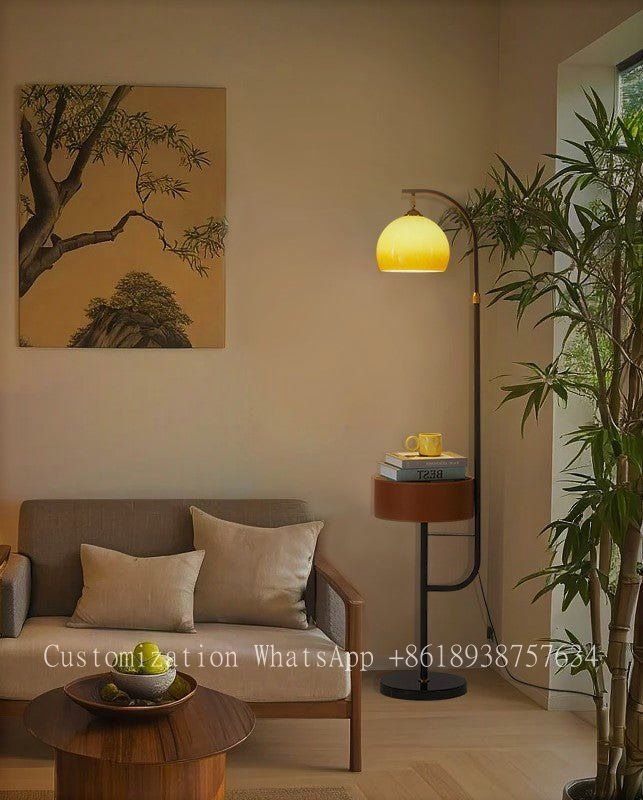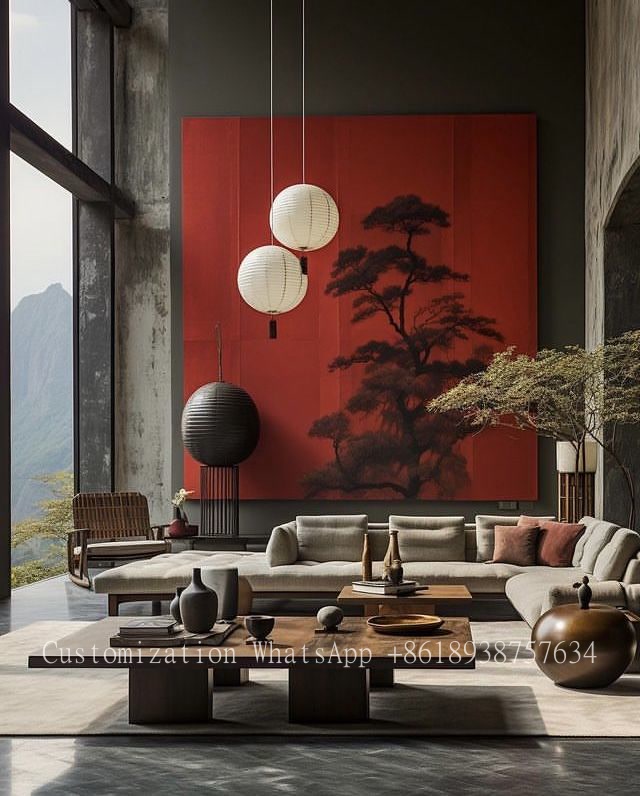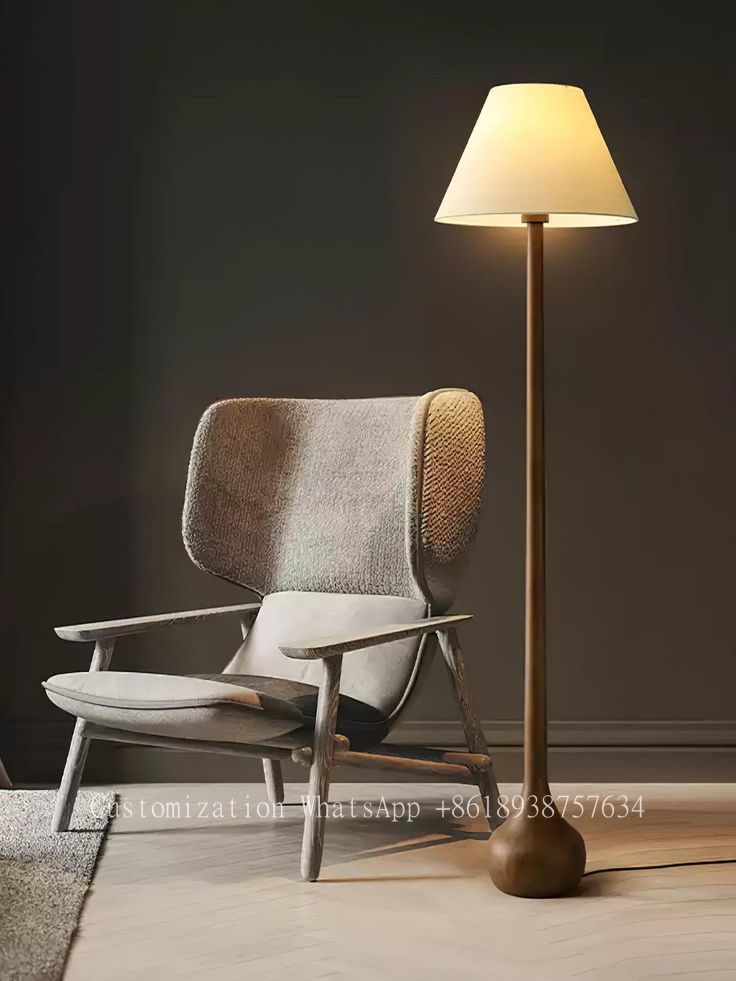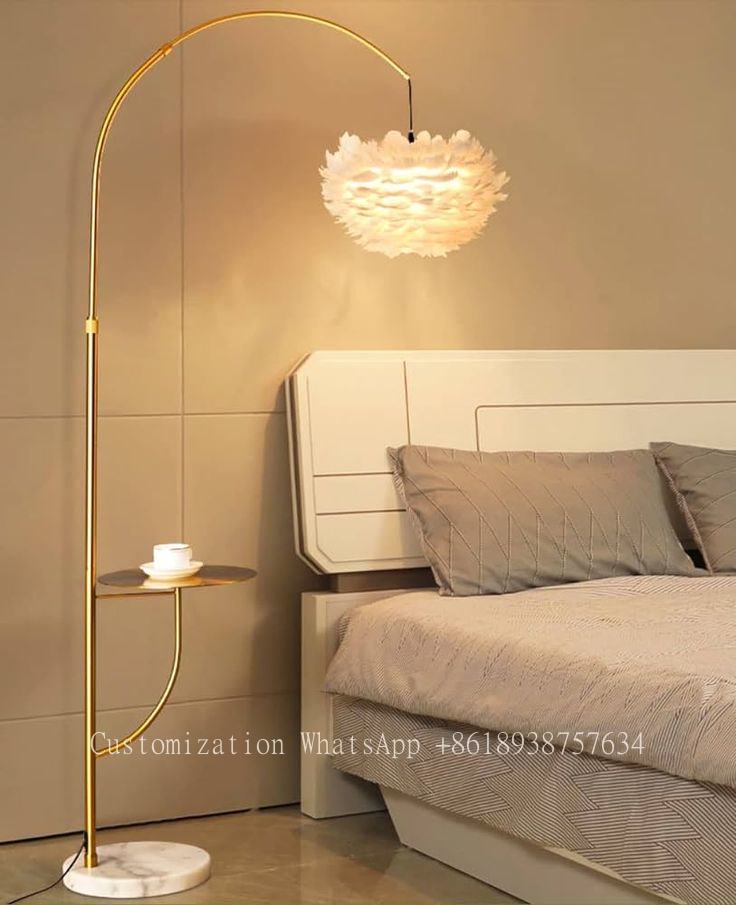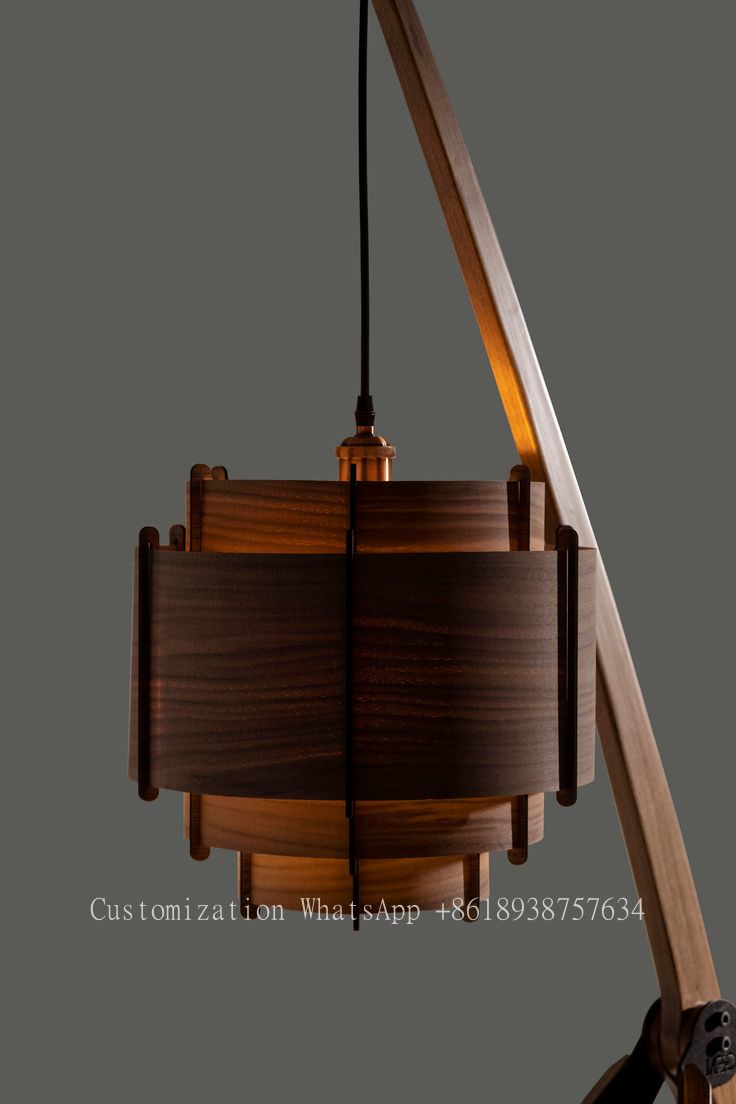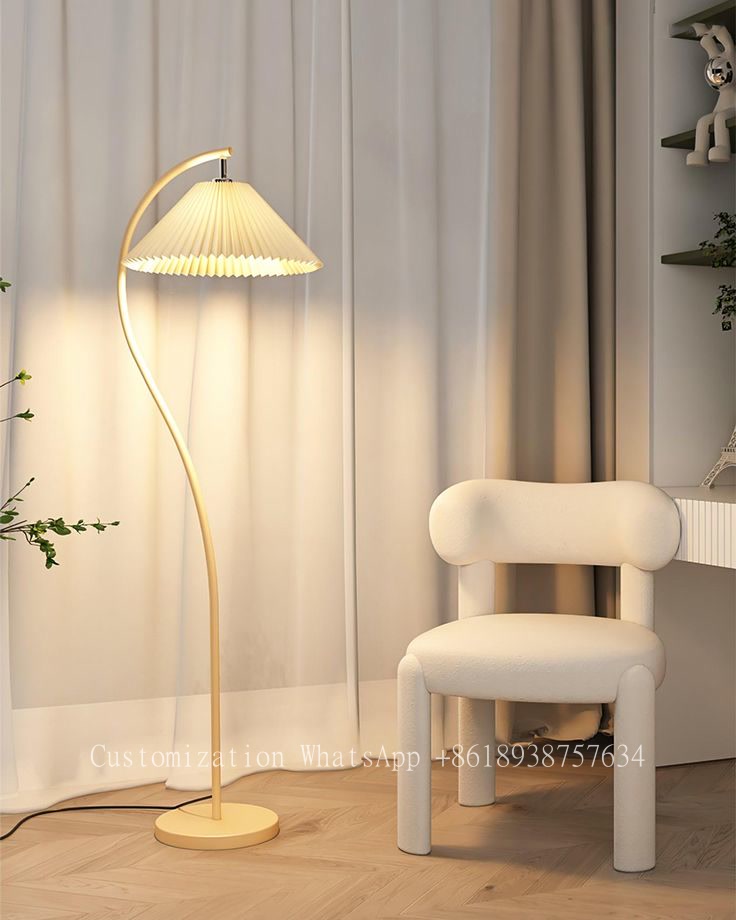The Ultimate Guide to Unique Fixtures for Interior Ambiance
Transform Your Space with Unique FixturesWhen it comes to creating a captivating interior ambiance, the choice of fixtures can make a significant difference. Unique fixtures for interior ambiance can elevate the entire aesthetic of your home or office, adding personality and charm to every corner. Whether it's lighting, furniture, or decorative accents, choosing the right elements is vital for a cohesive and inviting environment.Understanding the Importance of Unique FixturesUnique fixtures serve as focal points in your interior design. They enhance the overall look and feel of a space, making it more welcoming and functional. Here are a few reasons why they matter: Personality: Unique fixtures reflect your personal style and preferences. Functionality: Innovative designs can improve the utility of your space. Conversation Starters: Distinctive pieces often spark interest and discussions among guests.Types of Unique Fixtures for Your InteriorYour options for unique fixtures are endless. Here’s a breakdown of popular types:LightingFurnitureWall ArtDecorative AccentsPendant lights, chandeliers, floor lampsCustom sofas, unique chairs, coffee tablesCanvas prints, sculptures, wall hangingsVases, clocks, mirrorsCreating the Perfect Atmosphere with Lighting FixturesLighting is one of the most crucial aspects of interior ambiance. Unique lighting fixtures can truly transform a room. They not only illuminate the space but also enhance its mood. For instance, a rustic chandelier can...
Illuminate Your Space: A Comprehensive Guide to Statement Lighting for Living Rooms
Enhancing Your Living Room with Statement LightingYour living room is the heart of your home, a place designed for relaxation, socializing, and entertainment. One impactful way to elevate this space is through statement lighting. Not only does it provide functionality, but it also enhances your decor and reflects your personal style. In this article, we will delve into what statement lighting is, explore various types, tips for choosing the right fixtures, and answer some frequently asked questions.What is Statement Lighting?Statement lighting is more than just a source of illumination; it serves as an artistic focal point that grabs attention and complements your interior design. Whether it’s a grand chandelier, an oversized pendant, or a striking floor lamp, statement lighting can transform a mundane living room into a captivating environment.Types of Statement LightingTypeDescriptionChandeliersOften associated with luxury, these fixtures hang from the ceiling and can be found in various styles, from modern to vintage.Pendant LightsThese are individual light fixtures that hang down from the ceiling, ideal for creating a cozy atmosphere or highlighting specific areas.Floor LampsFreestanding lamps that can illuminate corners or act as reading lights while adding a decorative element.Wall SconcesMounted on walls, sconces can provide soft, ambient lighting and can come in various designs.Table LampsVersatile lighting options that can be placed on side tables or consoles, offeri...
Incorporating Historical Design Elements: A Timeless Approach to Modern Interiors
In the world of interior design, trends come and go, but one enduring style is the practice of incorporating historical design elements. As we navigate the complexities of modern living, designers and homeowners alike have begun to recognize the charm and uniqueness that these historical features bring to contemporary spaces. In this article, we’ll explore the various ways to incorporate historical design elements into your home, the key styles to consider, and how these elements can create a connection to the past while enhancing modern aesthetics.Why Incorporate Historical Design Elements?Incorporating historical design elements is not merely a nostalgic nod to the past; it offers several benefits that enhance the overall quality and appeal of a space. Here are some compelling reasons to consider:Character and Uniqueness: Historical elements add character to a home, making it stand out in a sea of modern simplicity.Storytelling: Each historical piece has a story to tell, providing depth and context to the overall design.Timeless Aesthetic: Historical designs often hold a timeless appeal that can seamlessly blend with contemporary pieces.Increased Value: Homes with unique historical features can often command higher market values.Key Historical Design StylesUnderstanding various historical design styles is essential when incorporating them into modern interiors. Here are a few prominent styles to consider:Design StyleCharacteristicsModern ApplicationVictorianOrnate, intricat...
Exploring the Mid Century Aesthetic in Interiors: A Timeless Design Movement
In recent years, the mid century aesthetic has transcended the realms of nostalgia and become a dominant trend in interior design. Characterized by clean lines, organic forms, and a harmonious blend of functionality and aesthetics, this style encapsulates a spirit of innovation and creativity. This article delves deep into the mid century aesthetic in interiors, offering insights, practical tips, and a comprehensive understanding of this influential design movement. What is Mid Century Aesthetic? The **mid century aesthetic** refers to a design style that gained popularity between the 1940s and 1960s. It is synonymous with the works of influential designers like Charles and Ray Eames, George Nelson, and Arne Jacobsen. This style is characterized by: Sleek lines and minimal ornamentation Functional furniture with unique geometric shapes Use of natural materials such as wood and leather Vibrant color palettes combined with muted tones The mid century aesthetic emphasizes simplicity and a connection with nature, making it a timeless choice for homeowners looking to create sophisticated yet inviting spaces. Key Features of Mid Century Design Understanding the fundamental features of mid century design is essential for those who wish to incorporate this aesthetic into their interiors. Below are some of the key traits: Feature Description Furniture Functional and sculptural pieces, often made from wood with bold upholstery. Color Schemes Bri...
Revamping Your Space: The Ultimate Guide to Mid Century Modern Interior Lighting
Mid century modern interior lighting is not just a trend; it's a timeless aesthetic that continues to resonate with homeowners and designers alike. By incorporating this style into your living space, you can achieve a look that is both elegant and functional. In this article, we will explore the elements that define mid century modern lighting, its key features, and how to select the best options for your home decor.Understanding Mid Century Modern DesignBefore diving into the lighting aspect, it's essential to understand the broader mid century modern design movement. This style emerged in the mid-20th century, roughly between the 1940s and 1960s. Characterized by clean lines, organic forms, and a blend of function and aesthetics, mid century modern design has become synonymous with sophistication and simplicity.Key Characteristics of Mid Century Modern DesignCharacteristicDescriptionFunctionalityDesigns that prioritize usability and efficiency.Organic FormsEmphasis on shapes inspired by nature, often with flowing curves.MinimalismSimple and clutter-free designs, avoiding excessive ornamentation.Bold ColorsUse of vibrant hues, often contrasting with neutral palettes.Innovative MaterialsIncorporation of new materials like plywood, plastic, and metals.Importance of Lighting in Mid Century Modern DesignLighting plays a pivotal role in mid century modern design. It serves both a practical function and acts as a central decorative element. Well-chosen lighting can enhance the aes...
Mastering Layering Light Sources for Depth and Interest in Interior Design
Understanding the Art of Layering Light SourcesLighting is one of the most crucial elements in interior design. It not only serves a functional purpose but also contributes significantly to the aesthetics and atmosphere of a space. When done correctly, layering light sources can create depth and interest, transforming ordinary rooms into extraordinary havens. This article will guide you through the techniques of layering light sources, its importance in interior design, and practical tips to implement it in your home.What is Layering Light Sources?Layering light sources involves combining various types of lighting to enhance the visual appeal and functionality of a space. The three primary types of lighting used in layering are ambient, task, and accent lighting. Each type plays a unique role in establishing a well-rounded lighting scheme. Ambient Lighting: This is the general light that fills a room and provides overall illumination. It can come from ceiling fixtures, natural light, or wall lights. Task Lighting: Task lighting is focused lighting that helps perform specific tasks, such as reading, cooking, or working. Examples include desk lamps, under-cabinet lights, and bedside lamps. Accent Lighting: Accent lighting is used to highlight particular features or objects within the space, such as artwork, architectural details, or plants. This type of lighting adds depth and creates visual interest.The Importance of Layering Light SourcesLayering light sources is cru...
Using Lighting as a Focal Point in Decor: Transform Your Space
In the world of interior design, lighting plays an indispensable role in setting the mood and tone of a space. When strategically used, lighting can be much more than just a means to illuminate your home; it can serve as a stunning focal point that enhances aesthetics and functionality. This article delves into the significance of using lighting as a focal point in decor, exploring different types of lighting, design tips, and common mistakes to avoid.The Role of Lighting in Interior DesignLighting is a powerful tool in the decorator's arsenal. It can transform a mundane room into a vibrant and inviting space. When considering lighting as a focal point, it's crucial to recognize its various forms, including: Ceiling Fixtures Wall Sconces Table Lamps Floor Lamps Accent LightingEach type serves a unique purpose and can significantly impact the overall ambiance of your room. For instance, a grand chandelier can instantly elevate the elegance of a dining room, while a sleek floor lamp can provide reading light and add a modern touch to your living area.Types of Lighting to Enhance Your DecorBelow is a brief overview of different types of lighting you can incorporate into your decor:Type of LightingDescriptionBest Used InAmbient LightingGeneral lighting that fills a room with light.Lounge Areas, HallwaysTask LightingFocused lighting for specific tasks.Workspaces, Reading NooksAccent LightingHighlights specific areas or objects.Art Display Spaces, Architectural Featu...
